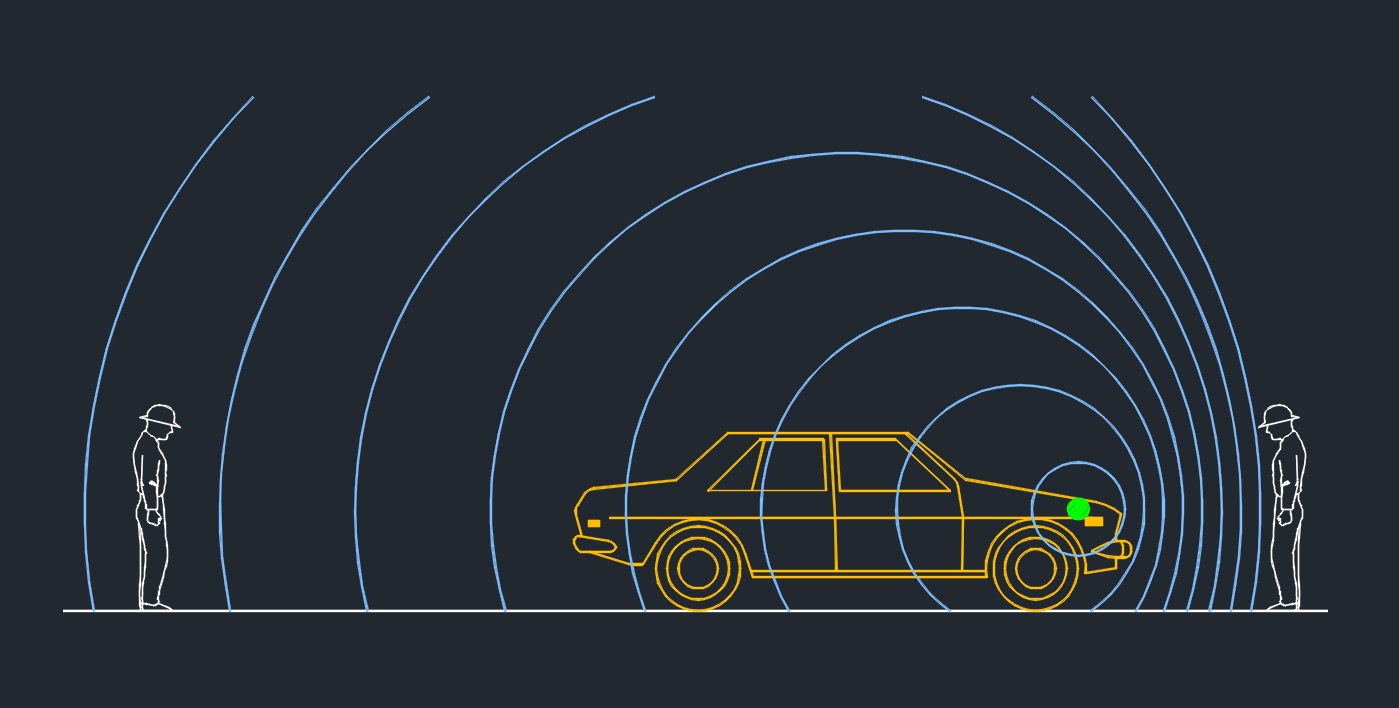Doppler Effect
 Doppler effect, abbreviated as \(f_o\), is the change in frequency or wavelength of a wave in relation to an observer who is moving relative to the wave source. It applies to any type of wave, including sound waves, light waves, and water waves.
Doppler effect, abbreviated as \(f_o\), is the change in frequency or wavelength of a wave in relation to an observer who is moving relative to the wave source. It applies to any type of wave, including sound waves, light waves, and water waves.
The doppler effect can be observed in everyday situations. For example, when a vehicle with a siren passes by, an observer will notice a change in the pitch of the sound. As the vehicle approaches, the sound waves are compressed, resulting in a higher frequency and a higher pitch. Conversely, as the vehicle moves away, the sound waves are stretched, resulting in a lower frequency and a lower pitch.
Similarly, for light waves, the doppler effect accounts for the change in frequency or wavelength of light as a result of relative motion between the source of light and the observer.
The doppler effect has applications in various fields, including astronomy (determining the movement of stars and galaxies), meteorology (studying the movement of storms), and medical diagnostics (such as Doppler ultrasound used to measure blood flow in the body).
Doppler effect formula |
||
| \( f_o = ( v + v_o \;/\; v + v_s ) \; f_s \) | ||
| Symbol | English | Metric |
| \( f_o \) = observer frequency | \( Hz \) | \( Hz \) |
| \( v \) = speed of sound waves | \(ft\;/\;sec\) | \(m\;/\;s\) |
| \( v_o \) = velocity of observer | \(ft\;/\;sec\) | \(m\;/\;s\) |
| \( v_s \) = velocity of source | \(ft\;/\;sec\) | \(m\;/\;s\) |
| \( f_s \) = actual frequency of sound waves | \( Hz \) | \( Hz \) |

Tags: Speed